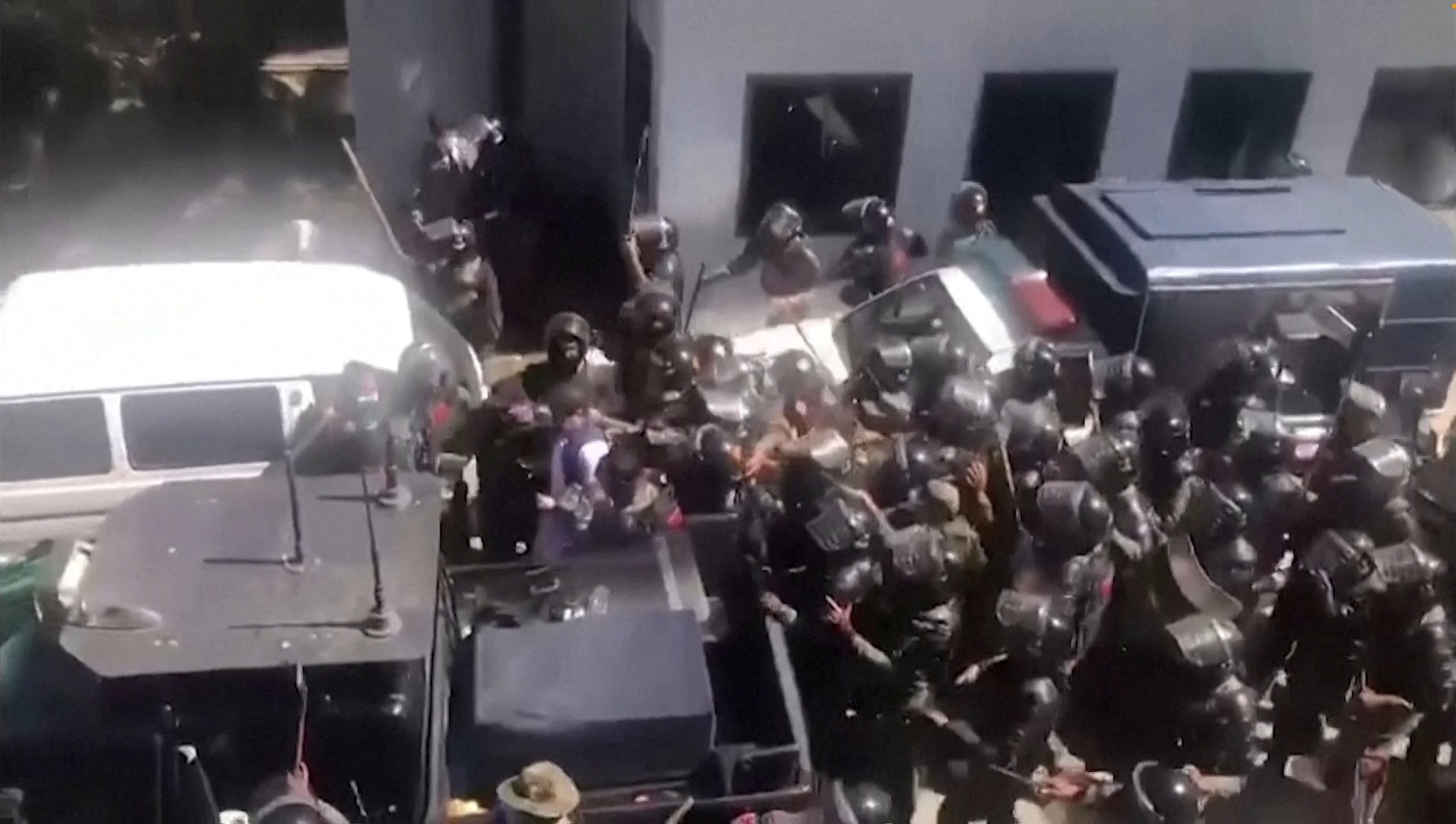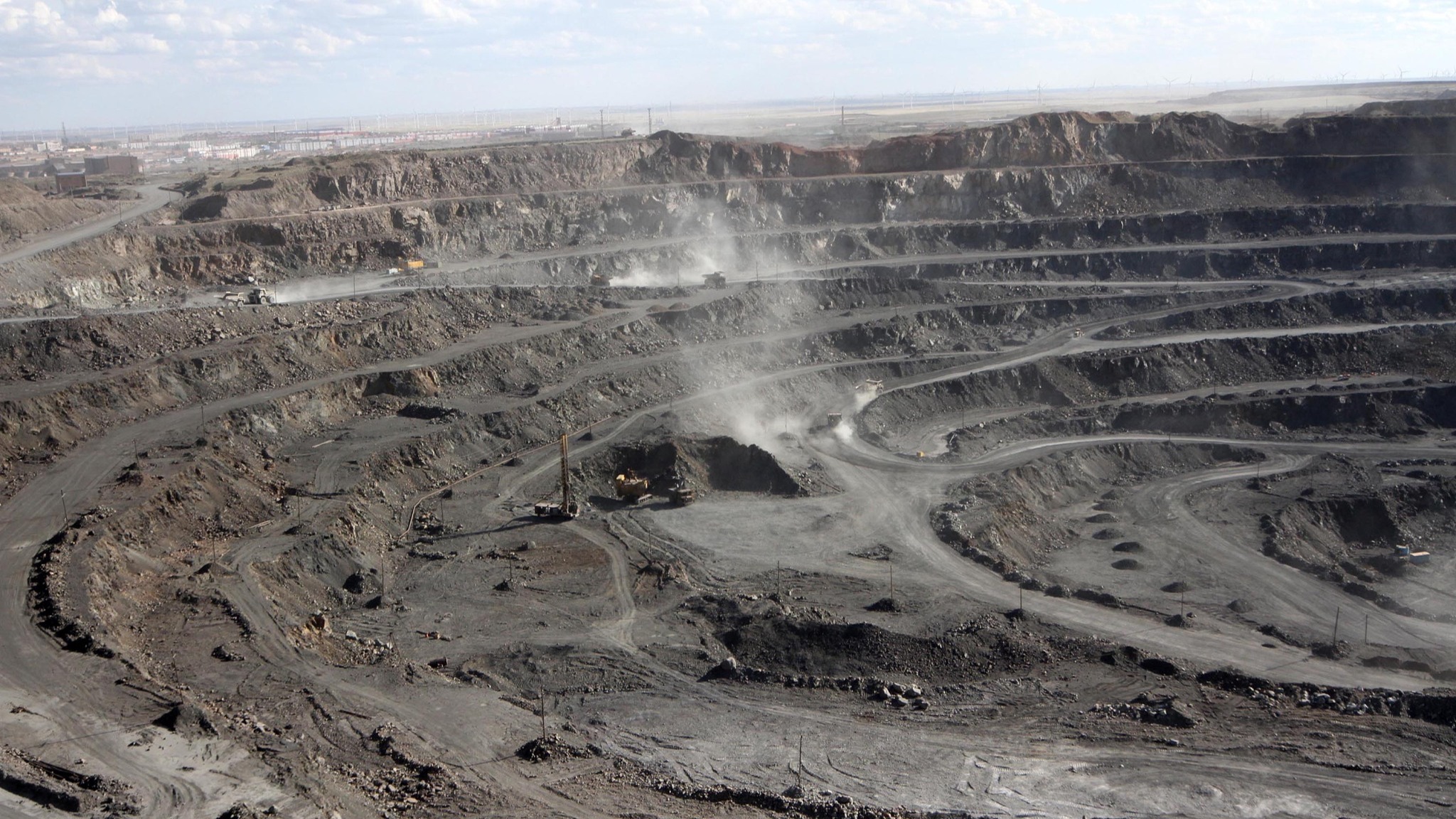Eventually, the Pakistani army sent Imran Khan, the former ousted Prime Minister, behind bars in case of corruption, a move sparked deadly protests across the country that so far took the lives of two people.
Mr. Khan was arrested by paramilitary troops in Islamabad on charges brought by the country’s anti-corruption agency. “Rangers abducted Pakistan Tehreek-e-Insaf (PTI) Chairman Imran Khan, these are the visuals. Pakistan’s brave people must come out and defend their country,” PTI said in a tweet..
The arrest was made when Khan was submitting his biometric data for a court appearance when paramilitary forces broke down a window and dragged him toward a vehicle.
Videos in social media show that the paramilitary forces attacked Islamabad High Court premises before arresting Khan. PTI spokesperson Fawad Chaudhry told CNN that the political leader had been “whisked away by unknown people to an unknown location.”

Former Pakistan Prime Minister Imran Khan is taken into a vehicle by police as they arrest him, in Islamabad, Pakistan May 9, 2023. (Reuters)
The arrest that also caused nationwide deadly protests came one day after Khan once again blamed the army for his ouster and accused a senior leader for attempting to assassinate him.
Khan was ousted in a parliamentary no-confidence vote last year and since then he held several protests across Pakistan and asked for early election, a demand often rejected by the incumbent Prime Minister Shehbaz Sharif.
Khan, a former cricket player, holds a mass popularity among the citizens, where men, women, boys and girls reacted to his arrest and called on the army to immediately release him.
Khan’s arrest sparks violence; two killed
Chaos reigns on the streets of a nuclear-armed nation with a population of over 231 million after supporters of Mr. Khan staged protests across the country with a clear demand “release Khan”.
At least two PTI activists have lost their lives in Quetta and Malakand during clashes with the law enforcement agencies while dozens were injured.
Following the arrest of Khan, PTI’s workers with tens of thousands of supporters headed toward the military installations and police stations and set fire to some installations.
Social media videos show that Khan’s supporters reached inside the General Headquarters (GHQ) of the Pakistan Army in Rawalpindi, while in other videos they appear vandalizing the army properties in different cities including big cities like Lahore and Karachi. The angry demonstrators also set public properties on fire and engaged in direct clashes with the police. In return, the police used all sources including firing tear gas shells to disperse the demonstrators, but it really did not work and forced the forces to retreat instead.
Khan’s arrest hurls Pakistan into chaos
There have been reports coming from Pakistan that people are still in the streets and protesting against the army and warned to continue protests in the night and day until Khan’s release.
With thousands of protesters now on the streets, the Pakistani government has been facing fresh political turmoil and has to deal with this before it further worsens the situation.
Khan’s supporters already blocked streets in Islamabad, the capital city, Karachi, Lahore, Peshawar and other cities. In the capital city, hundreds of Khan’s PTI’s activists already blocked the main Kashmir Highway. They also blocked the adjacent roads in Lahore outside Khan’s Zaman Park by burning tyres.
To control the situation, the provincial government in Punjab has imposed a law banning demonstration and it has reported that other cities are also announcing the same law to prevent further chase. This law will also empower authorities to arrest politicians and protestors who engage in such gatherings. There is no clear information where Mr. Khan has been taken.
Meanwhile, before going to the court, Khan in a tweet said that he fears being arrested by the army. “My reply to ISPR and attempts by PDM and their handlers to arrest me for two reasons: 1. To prevent me from campaigning because In Sha Allah when elections are announced I will be doing jalsas. 2. To prevent me from mobilizing the masses for street movement in support of the Constitution if PDM govt and their handlers refuse to obey the SC and violate the Constitution on holding of elections.”
Anticipating Khan’s arrest, the PTI has later released a pre-recorded video by Khan who engaged his supporters to take to the streets in support of “true freedom” in case he was arrested.
Khan’s arrest is legal
Police arrested Khan in relation to corruption involving the Al-Qadir University Trust, headed by the opposition leader and his wife Bushra Bibi. The National Accountability Bureau (NAB) in a statement said that Khan was arrested “for the crime of corruption” in the trust.
Meanwhile, the country’s Interior Minister Rana Sanaullah Khan confirmed that Khan was arrested in a case followed by the anti-corruption body.
“Imran Khan did not appear despite the notices, NAB has arrested him for damaging the national treasury. No violence was done to them,” Sanaullah said in a tweet.
However, Sanaullah’s statement was rejected by PTI leaders who denied the charges leveled by the interior minister. They say that Khan had not been issued any arrest warrant before Tuesday and his arrest was made suddenly.
Mr. Khan has been slapped with more than 100 cases, including corruption but he denies the charges as politically motivated.
Khan’s arrest is illegal
One of top PTI members, Shah Mehmood Qureshi called the arrest of Khan illegal and strongly condemned the act. “Khan was arrested by the Islamabad High Court, which the entire nation has condemned, and which I also condemn. This arrest is illegal, against political norms and inhuman, and it has been carried out under a special plan. Its roots can be traced back to London,” Qureshi told newsmen.
Qureshi called on the all PTI workers and Khan’s supporter to come out from their homes and stage a peaceful protest,
“I appeal to you, wherever you are, to come out of your homes with your children, your daughters, your fathers. We are peaceful people. We should not have sticks in our hands. We have never held arms in our hands, nor will we ever do so. We are not to attack anyone, or harm anyone. We are not to occupy anyone’s house. We have to ask for our rights peacefully. We have to record our protest in peace,” Qurehsi encouraged the people.

 OPINION2 weeks ago
OPINION2 weeks ago
 DIPLOMACY2 weeks ago
DIPLOMACY2 weeks ago
 DIPLOMACY7 days ago
DIPLOMACY7 days ago
 ASIA2 weeks ago
ASIA2 weeks ago
 DIPLOMACY1 week ago
DIPLOMACY1 week ago
 MIDDLE EAST2 weeks ago
MIDDLE EAST2 weeks ago
 ASIA1 week ago
ASIA1 week ago
 MIDDLE EAST1 week ago
MIDDLE EAST1 week ago






















